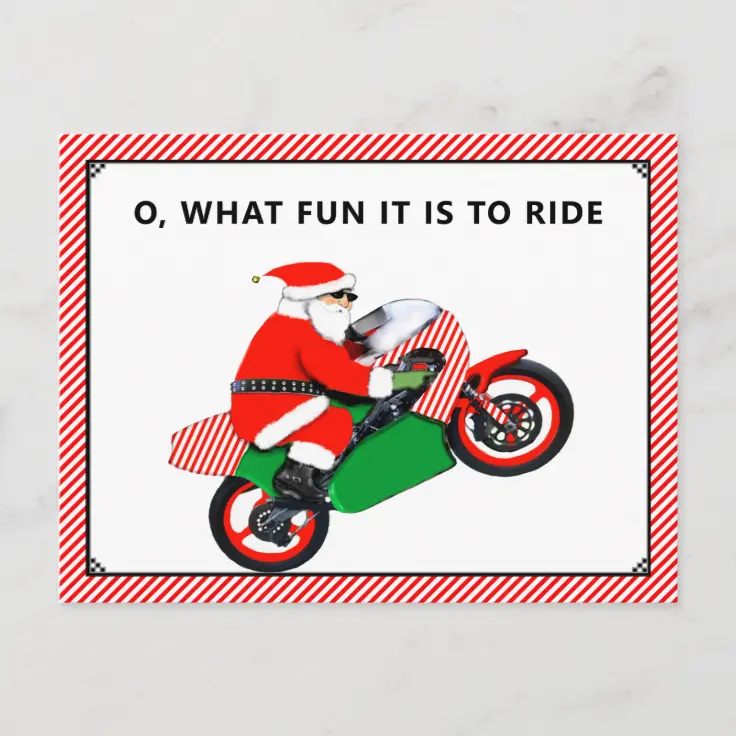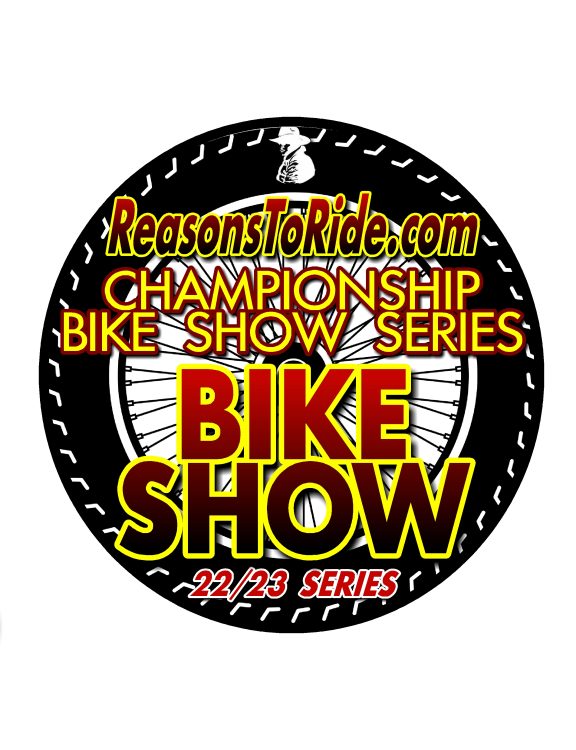Congenial Riding, Part 2-
Riding Back roads and Twisties
Sport Touring Corner
By Norm Kern
Quick review of Part 1 on Riding Interstate Highways:
Definition of “Congenial” (adjective): pleasant because of a personality, qualities, or interests that are similar to one’s own.
Congenial Riding is my term for a system of habits and practices that reduce stress and improve one’s safety while riding. Since it’s a supplement to physical riding skills, this article assumes the reader already has good riding skills and experience.
Back roads and twisties are a completely different environment than interstate highways with fewer lanes, lower speeds, numerous sharp turns, greater elevation changes, etc. Along with lighter traffic there are more variables including pavement quality, lane width, slow moving vehicles, animals and pedestrians. Accordingly, this environment requires different rules and strategies than interstates and main highways.
Rule 1: People live along these roads. Look out for and acknowledge them. When you see someone walking along the road or working in their yard, back off the throttle and be ready to brake. I always give them a friendly wave. This lets them know you see them and allows them to relax. Pulling in the clutch and closing the throttle shows additional consideration, and if your exhaust is louder than stock, should be mandatory. Being congenial with a friendly wave will often get you one in return.
Rule 2: Always reward the courtesy of other drivers. Example: A slower driver slows or pulls over to let you pass. Always give a friendly wave as you pass. I often shout, “Thank you!” as well.
Rule 3: Always come to a full stop at stop signs. Easing through a stop sign may not give you enough time to judge the speed of oncoming traffic, forcing them to take evasive action. This practice also allows riders behind you to collect and reduces the temptation to turn onto a road and try to beat other traffic on it.
Rule 4: Ride in a way that selectively reduces the need to pass slower vehicles. Sport touring riders like to open the throttle on straight-aways. I might speed up to pass a slow vehicle when I know there are hills and corners just up ahead. Otherwise, high speed on straight sections is usually counterproductive if there is significant traffic on the road. Think about it- the faster you go, the more vehicles you will have to pass in an afternoon.
Rule 5: Since the fun is in the twisties, do what you can to avoid being behind slow vehicles when the good stuff comes up.
Dealing with other road users
Tailgaters- In Part 1 of this article, we discussed how to deal with them on interstates. On back roads and twisties, tailgaters are much less likely since sport-touring riders normally ride a pace faster than other traffic. The only time there is a problem is when you are stuck behind a slow vehicle and cannot pass. If a vehicle behind you is too close, about all you can do is make sure you engage your brake lights whenever you decelerate, even if it only requires backing off the throttle. Bright flashing LED brake lights often remind the tailgater to leave more space. Avoid obvious “brake checks” as they may anger the tailgater and make them more aggressive.
Deer and other animals– Always be sure there is no one close behind you, so you can safely brake hard as soon as you see an animal. It’s best to slow way down, especially for deer. If you see one, there are probably more, and they are too stupid to avoid you unless you are going about ten MPH or under. Wait until they are fully clear before proceeding.
Bicyclists- There are a couple of things to keep in mind about bicycle riders. First, they like to ride side-by-side on rural roads and may be reluctant to go single file to let you around. Even if they are rude, keep your cool and wave to them as you pass slowly by. Being congenial, even to someone who is rude, may encourage them to be a little nicer to the next motorcyclist they encounter.
The second thing to remember about them on roads or bike trails that cross your path is that they may not stop for you, even if they see you and are at a stop sign. Multi-speed lightweight bikes are difficult to pedal and get started from a stop, especially in a high gear, so riders hate to stop once moving. Never assume they are going to stop for you!
Competitive drivers- They can be in any type of vehicle, but pickup truck and SUV drivers are the most common. They may have been poking along, but as soon as you catch up to them, they speed up to prevent you from passing. The worst ones go like a bat out of Hell on the straights but slow to a crawl in the turns.
You know you’ve got a competitive driver when they start cutting corners- going into the left lane on left-handers and on the shoulder in the right-handers. Passing these drivers is risky- it’s best to let them do their thing and hope they turn off the road soon.
Not all competitive drivers are a problem. In the West Virginia mountains, I was ticked off when a guy pulled out just ahead of me in a huge pickup truck. As I came up behind him, I saw the big sign in the rear window, “Dodge makes it-Hemi power shakes it!” This guy was a local and knew the road. We ran a good pace for about fifteen miles before he turned off and gave me an enthusiastic wave. Fun stuff!
Large Group Motorcycle Rides- We’ve all been caught behind a group of 10-50+ motorcycle riders rolling along two abreast, close together, at about 40 MPH. I try to see things from their perspective. They want to ride their leisurely pace, cruise as a unit and not have strangers zipping in and out of their group to pass. Perfectly reasonable from their point of view, but not particularly considerate of other road users.
First, they aren’t keeping up with normal traffic flow and are too close to each other for safety. They usually don’t want you to pass, and because they are so close together, passing them will be an all or nothing deal. Several times I have had someone from a group pull into the left lane to block me from passing the whole group, which is not only rude but dangerous and illegal.
With those hazards in mind, what can be done if you encounter a large group? Casual groups that are spread out are rarely a problem- they let you pass a few, fit in, pass a few, etc. The few times I’ve encountered a larger, more formal group, it was on a two-lane highway, not a county road or twisty. If you know the road and that a passing zone will open up, just wait for that to get around. Otherwise, look for a paved county road or other side road to turn onto and alter your route.
Passing slow vehicles should be done quickly to minimize the time in the oncoming lane while maintaining safe space between you and the other vehicle and minimizing noise. First, the vehicle in front of you needs to know you are there. I recommend riding with high beams on, so they are sure to see you behind them without you having to flash them, which is viewed as aggressive by some drivers. Maintain a balanced distance- not close enough to be tailgating, but close enough to make a quick pass when the opportunity arises.
When you see a potential passing opportunity, select the appropriate gear and turn on your turn signal. For drivers that go fast on the straights and slow way down for corners, the best time to pass is just after a turn before they speed up. When overtaking them, use the left half of the passing lane if you can, to give them as much space as possible.
It’s important to size up who you are passing. Cars, especially with female drivers are the least likely to be a problem. Large trucks require extra care due to their length and width but are very slow out of corners. Give pickup trucks and SUVs a bit more scrutiny- you need to know whether they are competitive drivers before you attempt a pass.
Once again, remember to be congenial- After the pass, always give an enthusiastic wave. If you think you can be heard, shout out a friendly, “Thank you!” Drivers that you acknowledge and thank as you pass are more likely to let the next rider pass without a hassle.
In closing, I’m pleased to report that over the past few years, local drivers on twisty roads have become much more likely to pull over at a driveway or wide spot in the road to let motorcycle riders pass. It only takes a moment and we are gone- everyone wins!
This month, a big Tip of the Helmet goes to Fellow TRO contributor Drew Faulkner of Motoadventurer.com and MSTA’s Bryan Dunlap for the pictures that accompany this article.
———————————————————————
Connect with local Ohio Motorcycle Sport Touring Association riders at these monthly breakfasts:
Southwest Ohio Breakfast, 9AM February 16
Village Family Restaurant
144 S. Main St.
Waynesville, OH 45068
Central Ohio Breakfast, 8AM, March 2
Portside Cafe
6515 S High St
Lockbourne, OH 43137



